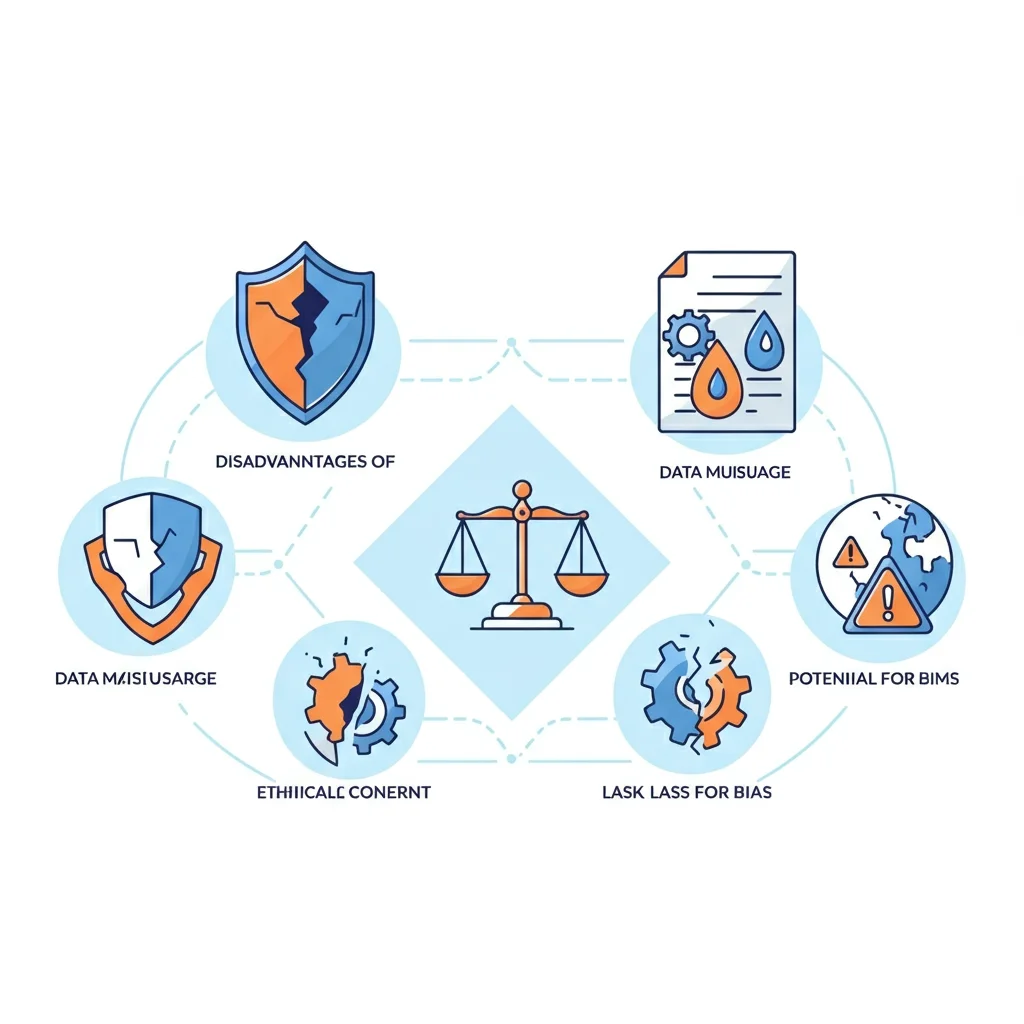Open source large language models like GPT-Neo, Llama, and Bloom have democratised access to advanced AI capabilities, allowing researchers, developers, and organisations to harness powerful language processing without the hefty price tags of proprietary alternatives. This accessibility has sparked innovation across industries and enabled countless applications that might otherwise remain unexplored.
However, beneath the surface of this technological revolution lie significant challenges that organisations must carefully consider. While open source LLMs offer transparency and community-driven development, they also present unique disadvantages that can impact security, reliability, and long-term viability. Understanding these drawbacks is crucial for making informed decisions about AI implementation.
Resource Constraints and Support Limitations
The most significant disadvantages of open source large language models stems from their funding reality. Proprietary models often benefit from 10-100x more funding for development and research compared to their open source counterparts. This disparity creates a cascade of challenges that affect every aspect of development.
Community-driven projects, while passionate and innovative, typically lack the dedicated teams and infrastructure that companies like OpenAI or Google can provide. The result is slower bug fixes, less comprehensive testing, and limited customer support. When critical issues arise, organisations relying on open source LLMs may find themselves waiting weeks or months for community solutions, rather than receiving immediate professional support.
Security Vulnerabilities and Exposure Risks
Open source code transparency, while beneficial for scrutiny, also exposes potential security vulnerabilities to malicious actors. Community-driven projects demonstrate a 25% higher rate of identified security vulnerabilities compared to closed-source alternatives. This increased vulnerability stems from several factors: limited security expertise within volunteer communities, insufficient resources for comprehensive security audits, and the public nature of the codebase.
The collaborative development model, whilst fostering innovation, can inadvertently introduce security gaps. Contributors may lack the security training that professional development teams possess, and the distributed nature of open source projects can make coordinated security responses more challenging.
Quality Control and Reliability Challenges
Maintaining consistent quality across community contributions presents ongoing difficulties for open source LLMs. Unlike proprietary models with dedicated quality assurance teams, open source projects rely on volunteer reviewers who may have varying levels of expertise and available time.
This inconsistency can manifest in several ways: inconsistent code quality, incomplete documentation, and varying levels of testing rigour. The peer review process, while valuable, cannot match the systematic quality control measures employed by well-funded proprietary alternatives.
Slower Innovation Cycles
Open source models take, on average, 2-3x longer to reach feature parity with leading proprietary models. This delay occurs due to several structural factors within the open source ecosystem. Limited resources mean fewer full-time developers working on core improvements, while the consensus-building nature of open source development can slow decision-making processes.
The collaborative nature of open source development, whilst democratising innovation, can also create bottlenecks. Multiple stakeholders must agree on implementation approaches, and volunteer schedules don’t always align with urgent development needs.
Integration and Compatibility Hurdles
Organisations often struggle with integrating open source LLMs into existing systems and infrastructure. These models may lack the polished APIs, comprehensive documentation, and enterprise-grade support tools that proprietary alternatives provide. The burden of integration frequently falls on internal development teams, requiring significant time and expertise investments.
Compatibility issues can arise when open source models don’t align with existing technology stacks, requiring additional development work or system modifications that weren’t initially anticipated.
Ethical Concerns and Misuse Potential
The accessibility that makes open source LLMs attractive also creates opportunities for misuse. Reported incidents of misuse are 40% higher in open source LLMs due to easier access and fewer usage restrictions. Bad actors can more easily modify these models for harmful purposes, such as generating misinformation, creating deepfakes, or automating malicious activities.
Unlike proprietary models with built-in safeguards and usage monitoring, open source alternatives often lack comprehensive content filtering and ethical guidelines, placing the responsibility for responsible use entirely on the implementer.
Intellectual Property and Licensing Complexities
The legal landscape surrounding open source LLMs can be surprisingly complex. Different components may operate under various licensing terms, creating potential compliance challenges for commercial applications. Understanding these licensing requirements and ensuring ongoing compliance requires legal expertise that many organisations lack.
Training data provenance represents another concern, as open source projects may not always have clear documentation about data sources and usage rights, potentially creating intellectual property risks.
Weighing the Trade-offs
Despite these disadvantages, open source large language models continue to drive innovation and provide valuable alternatives to proprietary solutions. The key lies in understanding these limitations and planning accordingly. Organisations considering open source LLMs should evaluate their technical expertise, security requirements, and tolerance for the inherent trade-offs.
For some use cases, the benefits of transparency, customisation, and community innovation may outweigh the disadvantages. However, mission-critical applications requiring guaranteed support, enhanced security, or rapid development cycles may benefit from proprietary alternatives.
Success with open source LLMs often depends on having skilled internal teams, robust security practices, and realistic expectations about development timelines and support availability.

